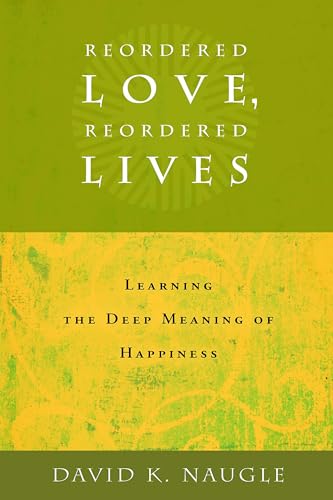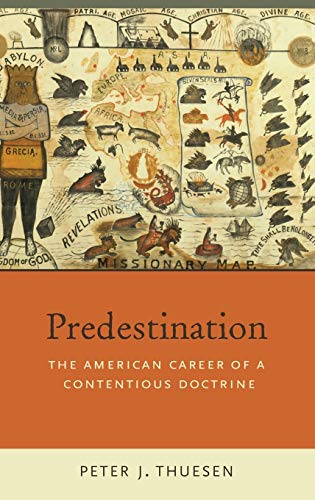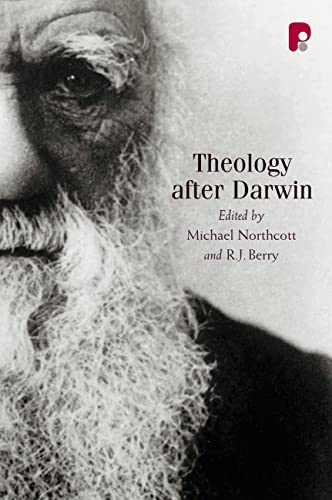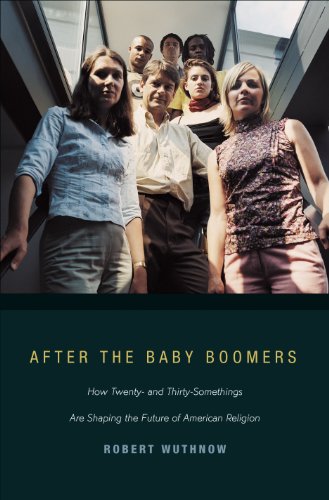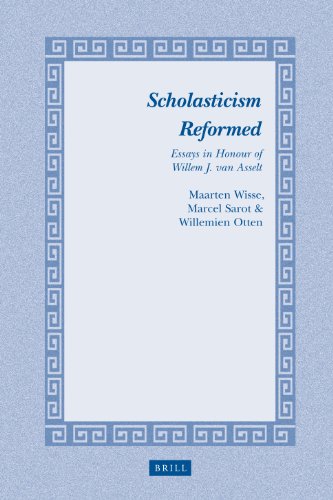Geography and the Ascension Narrative in Acts
Written by Matthew Sleeman Reviewed By Joshua W. JippIn this study Sleeman respatializes discourse concerning Acts through a narrative study of the ascension narrative. Despite the flood of scholarship devoted to the Lukan ascension narratives, this scholarship is marked by three flaws. First, ascension scholarship has made no “sustained attempt … to trace the impact of the ascension through the course of the ensuing Acts narrative” (p. 4). Scholars have failed to discern how Jesus’ ascension influences the rest of the narrative, structures the shape of the church, and creates new understandings of space. Second, the ascension narrative has been the subject of a debate whereby some emphasize the ascension as producing christological absence, while others see it as producing a new form of Christ’s presence. The third flaw with ascension scholarship is that it has marginalized the geographical and spatial aspects of the text.
While Sleeman redresses all of these flaws, the heart of his work and the most creative contribution is his application of a geographical/spatial theory for reading Acts 1:1–11:18. Most important for Sleeman’s reading of Acts is his application of Edward Soja’s concept of “thirdspace.” “Firstspace” refers to the empirical notion of space that is mappable. “Secondspace” refers to space as perceived or as a mental projection reflecting one’s particular configuration of the world. “Thirdspace” is more difficult as it constructs spaces as “simultaneously read [firstspace], imagined [secondspace] and more (both and also …)” (Soja in Sleeman, pp. 44–45). Thirdspace is “Other,” a place where “alternative territorialities and worldviews are explored,” and is found in “visionary vistas that imagine new meanings or possibilities for shaping spatial practices” (p. 45). Furthermore, by its nature as “Other,” thirdspace resists an oppositional binary relationship as it attempts to open up new ways of seeing. Thus, rather than creating an opposition between absence and presence, thirdspace allows for one to view Jesus’ ascension as both creating new space and critiquing other earthly spaces (p. 48). The heart of Sleeman’s study, then, is his examination of “the earthly implications of an absent-but-active ascending Christ functioning thirdspatially within the narrative” (p. 49).
Chapter 3, which examines Acts 1, has a foundational role for Sleeman’s reading of Acts as it is the ascension that is foundational in its ordering of space throughout Acts. The disciples’ question to Jesus in Acts 1:6 contains three spatial assumptions: that the kingdom will be restored to Israel, that it is Jesus who is the agent of restoration, and that this restoration could happen now. Jesus’ response (1:7–8) redefines their own space as well as that of the wider world as he undermines a focus upon human calculation concerning “times and seasons,” emphasizes their own role as agents in this restoration, and expands their notion of restoration-space from Israel to the entire world. But most importantly, in 1:9–11 Jesus’ ascension produces a new and distinctively thirdspatial “heavenward Christocentric orientation” (p. 73). Sleeman notes that the phrase “into heaven” occurs four times in 1:10–11 and emphasizes that while Christ is absent in firstspatial terms, the heavenly Christ now creates a new thirdspace for the disciples. Heaven—not Jerusalem—controls the rest of space through the narrative. The heart of Sleeman’s reading of Acts can be summed up in one sentence: “The ascension is the moment of spatial realignment in Acts … and Acts as a narrative whole cannot be understood without ongoing reference to the heavenly Christ” (p. 80). Sleeman notes that in Acts 1:12–26 it is the heavenly Jesus who restructures apostolic space through the replacement of Judas (as a result of his “spatial apostasy) with Matthias.
Chapters 4–7 study how Christ’s ascension creates and defends new spaces. While Jerusalem functions as the firstspatial location of the giving of the Spirit, Sleeman notes that it is Christ’s new position in heaven upon which the outpouring of the Spirit depends. The hope of Israel’s restoration has been taken up into heaven. According to Sleeman, the narrator’s summary of the Christian community describes the heavenly Lord’s creation of new believer space. Thus, the community’s claim that Jesus occupies heavenly space as well as its attendant creation of new believer space (2:37–47; 4:32–5:11) provokes a “clash of geographies” between this group and those whose primary spatial allegiances are to the temple (p. 104). In Acts 3 “the Temple is being shorn of its thirdspace claims, these being transferred to the heavenly Christ” (p. 111).
This previous claim is confirmed in the Stephen-episode. Sleeman notes that Stephen’s speech presents the God of Israel as appearing in non-Israelite spaces, but emphasizes that the heart of Stephen’s speech is this question: Where does—and does not—God dwell? Stephen’s spatial claims about the heavenly Christ (7:55–56) and his challenge to Temple-space motivates his martyrdom (7:58). Stephen’s vision of the exalted Christ leads to restructuring believer-space in Acts as it produces a persecution of the early Christians that causes them to be scattered through Judea and Samaria (8:1). Acts 8–11 further narrates how ascension geography will “further the space of the expanding church” (p. 172). Luke’s claim that “all of the church of Judea, Galilee and Samaria” was being edified (9:31) arises from “the heavenly Christ overseeing this pivotal section of Acts” (p. 215). The role of the heavenly Christ in Acts 9:32–11:18 confirms Sleemans thesis as Christ still heals through Peter (9:32–43) and especially as Christ, from his heavenly location, produces new believer space through the conversion of Cornelius’ household. Within this section of Acts, the elements of Christophany, the reference to Jesus as “Lord of all” (10:36), and the intervention from heaven (10:44–46) confirm that earthly space is being ordered from heaven by Christ.
Sleeman’s monograph is a major contribution to Acts scholarship. Most significant is his sustained treatment of the manner in which Christ’s ascension and heavenly location influences the narrative of Acts beyond the traditional ascension texts. That Christ’s heavenly location exerts pressure on other portions of the narrative generates important insights. Of further significance are his claims concerning the heavenly Christ’s production of new believer-spaces and the manner in which the conflict with the Jerusalem authorities is a clash of geography. His introduction of geographical and spatial theory, specifically the category of thirdspace, leads to genuinely new insights. While Sleeman is successful in redressing scholarship’s failure to address the narrative function of the ascension narrative as well as its lack of spatial precision, I expected him to offer a synthetic discussion that sought to resolve the debate regarding christological presence versus absence. While there are numerous comments throughout the monograph addressing this, a fuller synthetic treatment of the issue in the conclusion would have been welcome. Additionally, there are instances when I wondered whether his spatial categories genuinely fit the text. For example, is Judas’ apostasy really one of “spatial apostasy” (pp. 87–89), or is Gamaliel’s speech best interpreted under the category of his own “spatial estimation” (p. 128)? Perhaps so, but the reader will have to judge whether the concept of space illuminates every passage that Sleeman examines. Nonetheless, Sleeman’s monograph is a convincing work of scholarship, and I expect that it will justly become one of the standard works on the ascension narrative in Acts.
Joshua W. Jipp
Joshua W. Jipp
Trinity Evangelical Divinity School
Deerfield, Illinois, USA
Other Articles in this Issue
Most of us, I suspect, develop fairly standard ways, one might even say repetitive ways, to appeal to the motivations of our hearers when we preach the gospel...
How to Write—and How Not to Write—A Review: An Appreciative Response to Reviews of Ancient Near Eastern Themes in Biblical Theology by Dempster and Edgar
by Jeffrey J. NiehausI want to thank Themelios for the unusual opportunity to interact with two reviewers of my book Ancient Near Eastern Themes in Biblical Theology...
Parallels, Real or Imagined? A Review Article of Jeffrey J. Niehaus, Ancient Near Eastern Themes in Biblical Theology
by William EdgarWhen I came to Westminster Theological Seminary in Philadelphia as a young student in the 1960s, two things struck me...
Why Evangelicals Should Ignore Brian McLaren: How the New Testament Requires Evangelicals to Render a Judgment on the Moral Status of Homosexuality
by Denny BurkIn 2006 on Christianity Today’s leadership blog, Pastor Brian McLaren urged evangelical leaders to find a “Pastoral Response” to their parishioners on the issue of homosexuality...
A Member of the Family or a Stranger? A Review Article of Jeffrey J. Niehaus, Ancient Near Eastern
by Stephen DempsterWe cannot overstate how important knowing the context is for understanding the significance of any communication, whether that is a simple word, sentence, paragraph, larger text, sign, photograph, or cultural cue...



